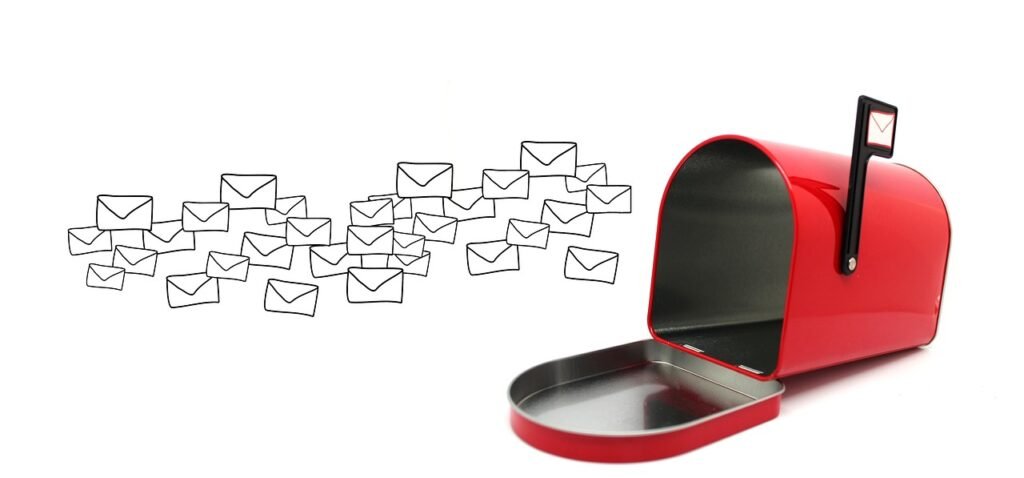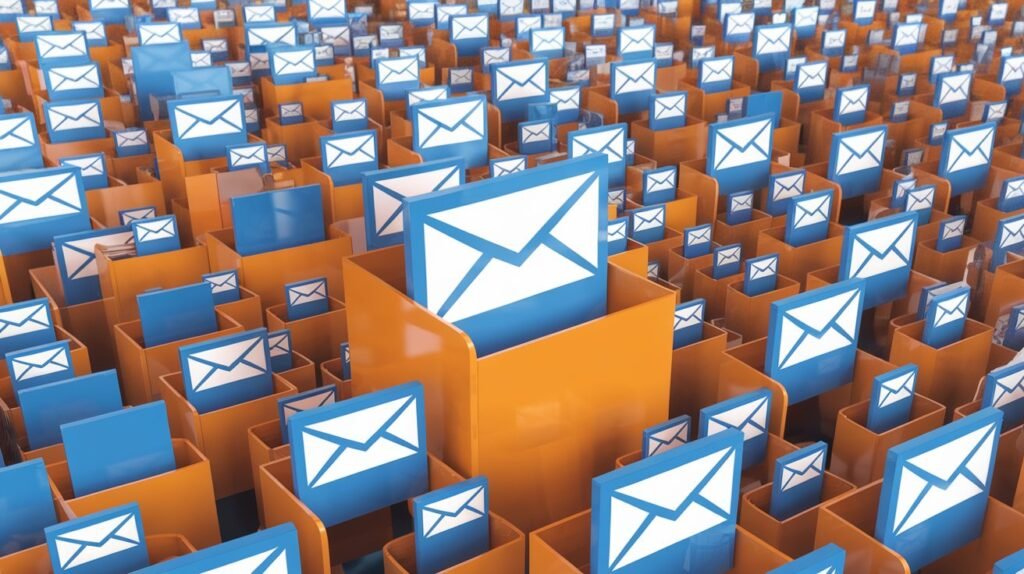Let’s get real. Every day, you and I open our inboxes and get slapped with a wall of emails. Promotions. Sales. Flash deals. Just a tornado of digital begging. Some we click, some we ignore, and some we delete before the pixels have even settled on the screen. So, what separates a click-worthy email from one that’s trashed? Two things: a story that matters and content that doesn’t feel like it’s been shoved through a marketing sausage machine.
Storytelling and dynamic content aren’t some gimmick. These tools work because they trigger a deeper response. They remind people there’s a human (yes, a real human!) behind that screen. This stuff goes beyond the basics of “Buy now!” and actually builds relationships.
Why Stories Work: The Human Element
Storytelling isn’t some newfangled thing we’re trying to peddle here. We’ve been swapping stories since caveman days, and for a reason: stories grab us. They tap into something deeper, something that makes us feel human.
And look, in email marketing, it’s no different. You’re in people’s inboxes—their sacred, overcrowded digital space—so make it count. A good story, even if it’s short, makes readers think, “Hey, these folks get it. They get me.” And that’s powerful stuff.
But here’s the kicker: email is a limited space, and attention spans? Even shorter. So, keep it personal and simple. Forget the epic narratives. Just show you understand the reader’s problem, want, or little frustration in life, and then offer up something useful. Example? Instead of pushing a fitness brand’s new shoe with a list of features, set the stage: “It’s 6 a.m., the alarm’s blaring, and you’re staring at your running shoes—more holes than support.” Boom. The reader’s in. You’ve snagged them without saying a thing about the shoe itself. It’s relatable. It’s honest.
Finding Stories (They're Everywhere, Trust Me)
If you’re scratching your head thinking, “Where do I find stories?” I’ll stop you right there. They’re everywhere. And no, I don’t mean the tall tales of unicorn CEOs or the “founder’s journey” about some Ivy League grad who “followed their passion.”
Try these:
- Customer Experiences: Real stories from real people who use your product. No fluff. The good, the bad, the ugly. These stories don’t just build trust; they show you’re paying attention to your customers’ actual lives.
- Behind-the-Scenes Glimpses: People love seeing the messy reality behind that perfect product shot. Show them the people, the quirks, the actual work that goes into your brand. It’s genuine, and it makes you seem, well, real.
- Everyday Moments: Think small. Not every story needs to be a blockbuster. The daily grind, the little triumphs or frustrations, are more than enough to make a connection.
Dynamic Content: Because Nobody Likes Being a Statistic
Let’s face it: email blasts that treat everyone like faceless names on a list belong in the trash. With dynamic content, you’re talking about customization that feels like it’s actually meant for that reader. You’re not saying, “Hey, buy our thing.” You’re saying, “Hey, we know you like this, so here’s something that might matter to you.”
How’s it work? Check this out:
- Location-Specific: Different readers, different places, different needs. Selling coats? Maybe don’t push them to the folks sweating it out in Texas. Cold-weather, warm-weather—these aren’t hard things to personalize.
- Behavior-Based: They left a cart full of stuff? Send a reminder. Maybe nudge them toward a similar item or give them a deal. It’s not rocket science; it’s paying attention.
- Interest-Driven: If they’ve shown an interest in, say, fitness gear, talk to them about that. Don’t bombard them with pet supplies.

Marrying Storytelling with Dynamic Content: The Sweet Spot
Now, here’s where the fun really starts. Storytelling gets people hooked. Dynamic content makes it relevant. Put them together, and you’ve got emails that feel like they’re speaking directly to each person.
Imagine you’re still selling that running shoe, but you know your customer’s habits. Your frequent runner gets a story about hitting personal records, while the newbie gets an intro to jogging without all the aches. Same product, but the context fits the reader. It’s like two sides of a coin—same base, different story.
Add Interactive Content: Now You’re Talking
If you’ve come this far, congrats, you’re ready for the advanced class. Interactive content takes that engagement to the next level. You’re giving readers something to do, not just something to read. This isn’t just about adding gimmicky quizzes; it’s about offering real, personalized value.
Examples?
- Quizzes: Run a quick one that asks, “What’s your running style?” Each answer leads to a tailored suggestion. Now, the email isn’t just info; it’s an experience.
- Personalized Videos or Images: A little extra work? Sure. But a dynamic image or video that has their name on it or caters to their recent activity? That’s memorable. And memorable sticks.
Case Study: Save the Children’s Rokia Story
Here’s a real winner: Save the Children ran a campaign featuring a girl named Rokia from Mali. They could’ve gone with hard stats—numbers that blur into every other pitch for donations. Instead, they focused on her story. One person. One life.
Why did it work? People don’t connect with stats. They connect with faces, names, personal struggles. That single story got them more donations than any spreadsheet could ever muster.
So take a page from their book. Don’t hit people with a data dump. Pick a story, make it personal, and you’ll be surprised how much people start paying attention.

Tips for Telling a Story That Actually Matters
- Know Who You’re Talking To: You can’t hit a bullseye if you don’t know where the target is. Study your audience—what they want, need, hate. The more you know, the easier it gets.
- Keep It Short and Sweet: Nobody’s here for an essay. Stick to simple, relatable situations. Get in, make your point, get out.
- Use Data, But Don’t Overdo It: Data-driven? Great. But don’t choke your story with numbers. Data is only as good as the story it supports.
- Test, Test, Test: Every story’s not a home run. Test subject lines, images, and calls to action to see what works. Then, do more of that.
Craft Emails People Want to Read
Email marketing isn’t about begging or selling out. It’s about connecting. Storytelling and dynamic content? These aren’t magic tricks; they’re tools. Use them to build something that matters—a message that feels personal and actually respects your reader’s time.
At the end of the day, it boils down to this: make people feel something. They’re not just wallets with email addresses. They’re people. Treat them like it. And next time you’re setting up a campaign, don’t ask, “How can I sell more?” Ask, “What’s the story I want to tell?” If you answer that right, the rest follows.
